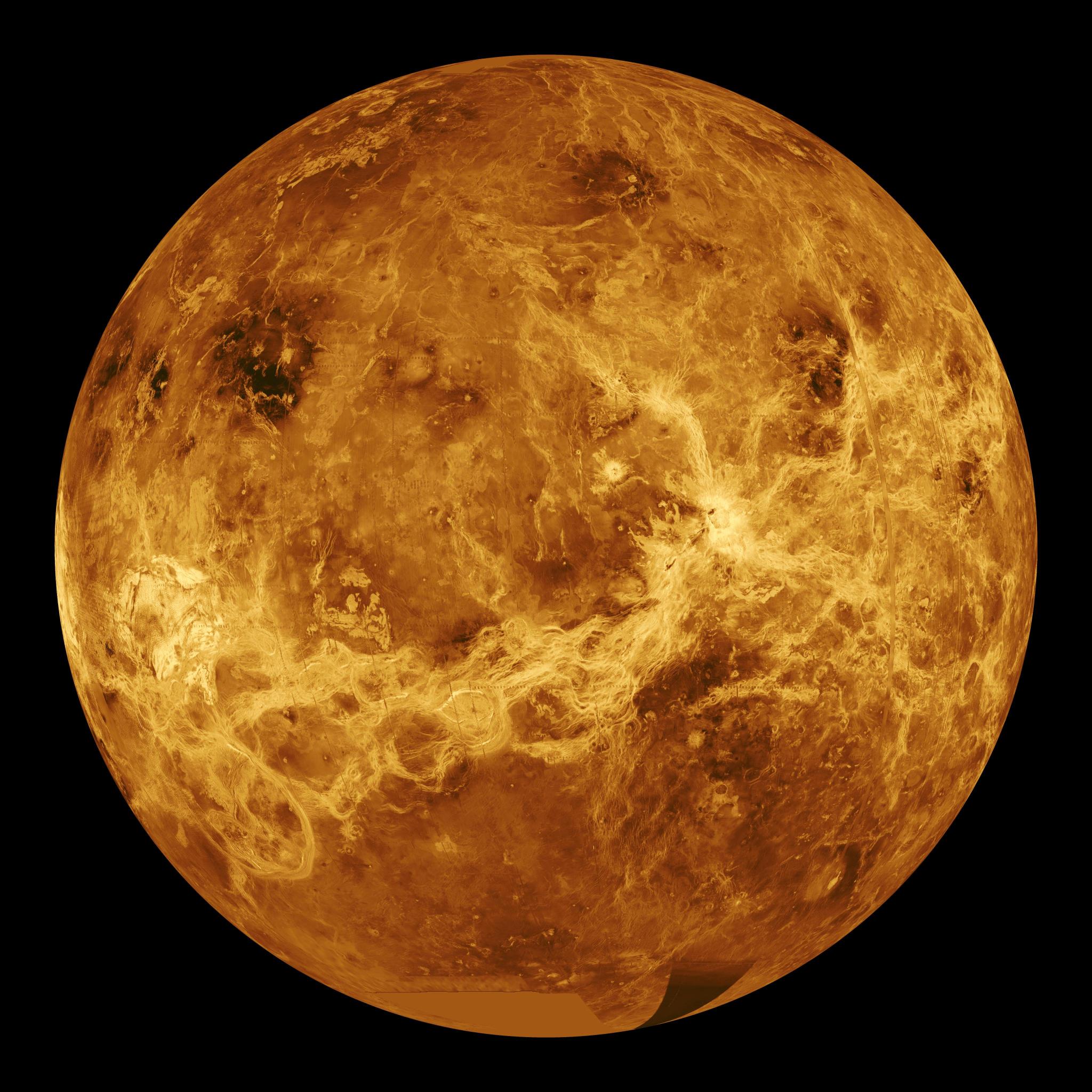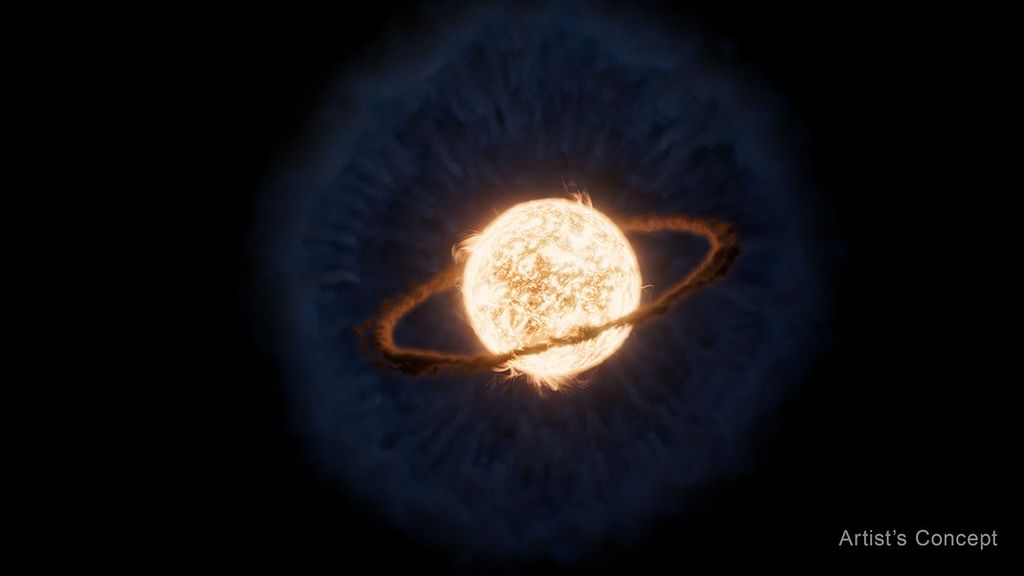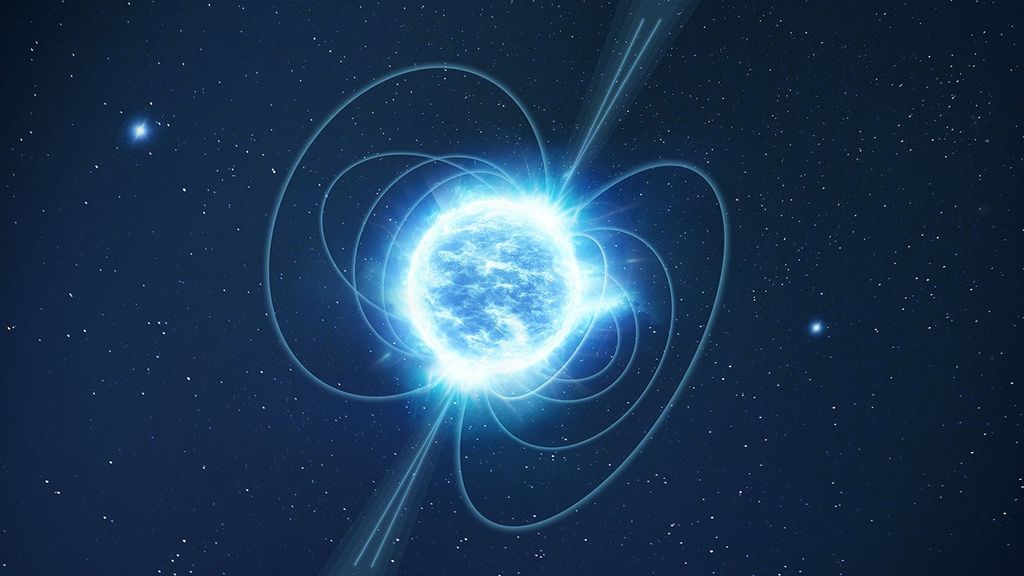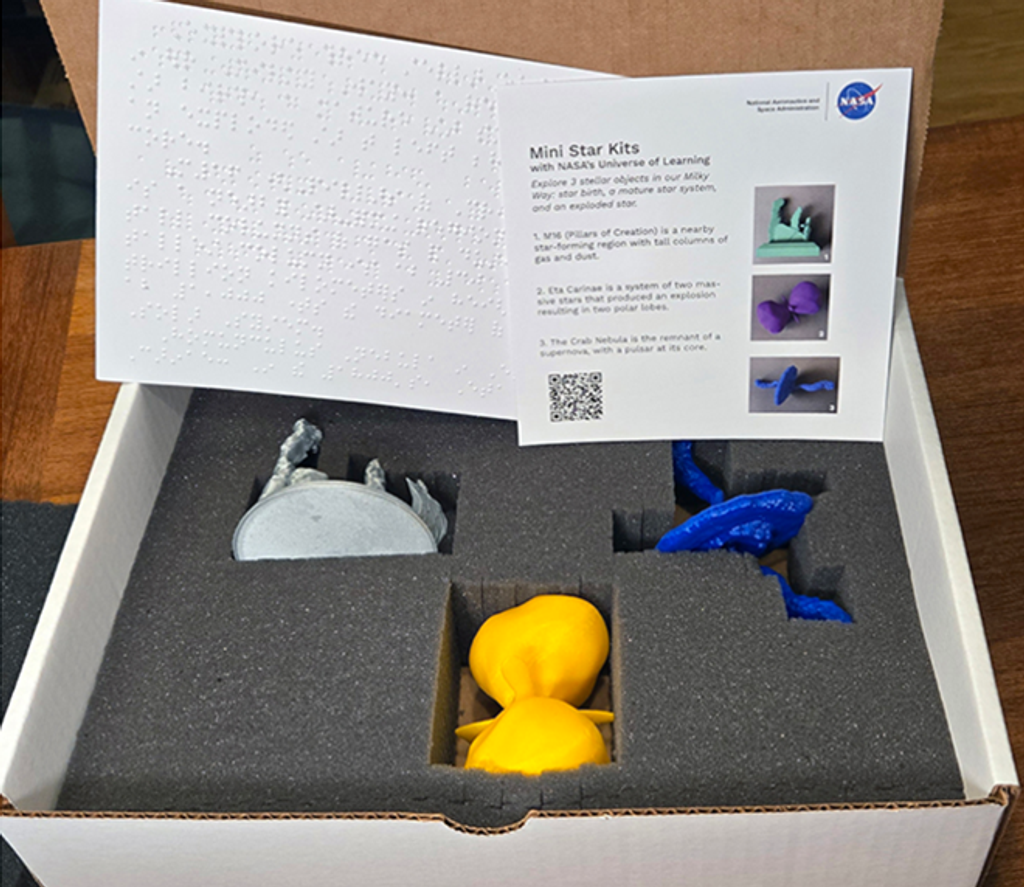The surface of Venus is completely inhospitable for life: barren, dry, crushed under an atmosphere about 90 times the pressure of Earth’s and roasted by temperatures two times hotter than an oven. But was it always that way? Could Venus once have been a twin of Earth – a habitable world with liquid water oceans? This is one of the many mysteries associated with our shrouded sister world.
27 years have passed since NASA’s Magellan mission last orbited Venus. That was NASA’s most recent mission to Earth’s sister planet, and while we have gained significant knowledge of Venus since then, there are still numerous mysteries about the planet that remain unsolved. NASA’s DAVINCI (Deep Atmosphere Venus Investigation of Noble gases, Chemistry, and Imaging) mission hopes to change that.
Here are ten mysteries of Venus that NASA scientists are still grappling with:
1. Did Venus ever host life?
Big questions are often asked when thinking about other planets: Is there life? WAS there ever life? If so, what sort of life? Tiny microbes that that resemble simple life on Earth? Or like nothing we have ever recognized?
Venus is no exception.
“The community has speculated about possible life on Venus, but until we know whether Venus was ever actually habitable in the past, it’s difficult to say much more beyond these speculations,” says Dr. Giada N. Arney, deputy principal investigator for DAVINCI at NASA’s Goddard Space Flight Center, Greenbelt, Maryland. “DAVINCI aims to help us understand whether Venus was ever habitable, which will provide a more concrete grounding on which we can study it as a possible past abode for life… It’s exciting to think there’s a possibility our solar system had two habitable worlds side-by-side for perhaps even billions of years, but we don’t yet know if this was the case.”
To determine whether life was ever possible on Venus, we first need to understand the past environment on Venus. This involves studying the atmosphere, geology, and history of the planet. “We always want to ask the life question, but until we understand the context in which we’re asking it, we won’t know what we’re looking for and may be even more confused or tantalized,” explains Dr. James B. Garvin, principal investigator for DAVINCI at NASA Goddard.
2. How did Venus and Earth come to be so different?
Venus and Earth are similar in size and density, so hypothetically, these planets could be very similar. And yet, they are strikingly different. Air pressure at the surface of Venus is 90 times that of Earth, Venus rotates on its axis backwards compared to the other planets in the solar system, and the surface of Venus is over 900 degrees Fahrenheit (over 482 Celsius), making it the hottest planet in our solar system – hot enough to melt lead. This extreme heat on the surface of Venus is due to a carbon dioxide atmosphere with thick clouds of sulfuric acid, which could have resulted from a runaway greenhouse phase earlier in Venus’ history that forever changed our sister world.
So, what happened? Was Venus always so inhospitable? “Why are we so good and they so bad?” says Garvin. “That is the central question, because in the long haul, that is going to affect the evolution of our own planet. Maybe Venus is a destiny storyboard that will help us fill in the longer story of our planet.”
The evolution of Venus through time may help us understand processes that govern global-scale changes in a planet’s environment, including evolution of the planet’s habitability, with implications for where we might find habitable planets beyond the solar system. “Venus represents an important illustration of how planetary environments can evolve over time, and understanding that evolution is critical to our thinking in the search for life beyond Earth,” explains Dr. Stephanie A. Getty, deputy principal investigator for DAVINCI at NASA Goddard.
3. How did Venus form?
Even this seemingly basic question about the origin of Venus is still a mystery. “It’s amazing to me that we don’t know whether Venus formed from the same early solar system materials as did Earth and Mars,” says Getty. “We still don’t know whether Venus was bombarded by comets and asteroids, rich in water, the way Earth was.” These comets and asteroids that bombarded our home planet are considered to have been an important source of water for Earth. Understanding the delivery of water to Venus is important for evaluating its potential to host oceans in the past.
4. What is the atmospheric composition at Venus?
The atmospheric composition of Venus is an important piece of the context we are seeking as we aim to better evaluate Venus’ potential habitability over time. “We really do not know the important trace chemicals in the Venus atmosphere,” says Garvin. “We don’t understand the chemical cycles that provide clues to how it has evolved and the role of these chemical cycles in Venus’ history — these unknowns are the fingerprints that have been missing for way too long.”
The DAVINCI probe will measure chemistry, pressure, temperature, and dynamics at least every 200 meters (about 656 feet) as it descends through Venus’ atmosphere. One of the biggest mysteries of Venus’ atmosphere lies in the lowermost or “deep” atmosphere. Typically, planetary atmospheric gases behave like those we study in high-school chemistry – their behavior can be estimated as “ideal gases” and is well understood. But in Venus’ lower atmosphere (nearest the surface of the planet), carbon dioxide is heated and pressurized to the point where it acts more like a hot liquid than a gas – only about twelve times less dense than liquid water. “This bizarre behavior is called ‘super-critical,’ and on Venus, the atmosphere that sloshes around the surface landscapes and rocks is supercritical carbon dioxide, which is poorly understood,” says Garvin. “We have to go there and measure what is going on to find out how this works on a planetary scale. That means there’s a whole new frontier on Venus. That’s a new environmental state that we’re not used to.”
5. How were the rocks of Venus formed?
The last spacecraft to successfully descend through the atmosphere and land on Venus was the Soviet VeGa-2 mission in 1985, which survived for 52 minutes on the planet’s inhospitably hot surface on the “night side” of the planet. At its landing site, it was surrounded by basaltic plains that were formed by volcanism, but some highland regions on Venus are thought to be different. Thus, the surface of Venus remains quite the mystery, especially in regions beyond the volcanic plains.
The DAVINCI spacecraft will be equipped with a suite of four cameras together called VISOR (Venus Imaging System for Observational Reconnaissance), which will be able to identify rock composition on the planet’s surface. “Most of the surface of Venus is made of basalt, which is produced by volcanism,” says Arney. “But there are some intriguing mountainous highland regions called ‘tesserae’ (regions of heavily deformed terrain) that suggest hints of having a different composition. They may be made of rocks that form from water-rock interactions and continent-building processes (which could imply Earth-like plate tectonics), and if so, that’s really exciting because it would suggest more hospitable conditions in the Venus past.” The DAVINCI probe will descend over one of these “tesserae,” called Alpha Regio, and will make measurements with its Venus Descent Imager (VenDI) instrument. “This will help us better understand what this ‘tessera’ is made of,” explains Arney.
6. How much water did Venus have?
Liquid water is essential for life. We cannot assess Venus’ past habitability without knowing how much water Venus may have had – and when and how it lost that water. Scientists can use the bulk chemical composition of rocks found on Venus to unravel the mystery of water on the planet. “If we discover ‘granites’ in the mountains of Venus, then we can infer they must have involved large amounts of water in the Venus crust to allow them to form as they do on Earth,” explains Garvin.
Scientists can also use measurements of the atmosphere to understand the history of water at Venus. The DAVINCI probe’s Venus Mass Spectrometer and Venus Tunable Laser Spectrometer will measure atmospheric composition throughout its entire descent toward the surface of the planet. The atmospheric signatures measured may provide clues to the story of past water, which may help scientists determine whether the planet previously had an ocean. “We suspect but do not know whether there were oceans on Venus, and if so, when in Venus’ history the water evaporated,” says Getty.

7. What is the nature of surface activity at Venus?
Scientists are still making discoveries to understand whether Venus ever had Earth-style plate tectonics, and how those mountain-building processes are similar or different from Earth’s. Earth’s crust hosts a network of relatively thin plates jostling around on the planet’s surface in constant horizontal motion. If similar plate tectonics exist on Venus, now or in the past, the planet’s crust must experience movement of crustal plates over geologic time, mid-ocean-ridge volcanism (volcanic activity present at oceanic boundaries between two plates), and subduction (the movement of one plate sinking underneath another plate). The history of Venus tectonics is still an active area of research with many open questions. Some scientists believe Venus has retained plate tectonics with laterally moving blocks of crust, while others hypothesize that this period in Venus’ history is long in the past, perhaps when liquid water was either at the surface or abundant within the crust.
At some point, Venus may have had its own form of plate tectonics – possibly different from the plate tectonics here on Earth. Water and rock measurements obtained from the DAVINCI mission, combined with the Venus global mapping information by NASA’s VERITAS mission, another recently selected mission to Venus that is managed by NASA’s Jet Propulsion Laboratory in Southern California, can be used to decipher how these tectonic patterns may have operated on Venus, and why the planet was unable to sustain them in a fashion similar to Earth. Venus is an ideal test-case for examining how plate tectonics or some other type of crustal movement persists or disappears on big, rocky planets with atmospheres and a changing (but large) budget of both crustal and surface water.
Another key mystery about the surface of Venus is volcanism. All planets must get rid of their internal heat, and Earth’s method of doing so involves volcanism as an associated process. Scientists are still speculating whether the surface of Venus is currently volcanically active, and to what degree eruptions occur today. Together, the DAVINCI and VERITAS missions hope to address these questions. DAVINCI can measure gases in the Venus atmosphere that could signal if volcanoes have erupted or are erupting on Venus today, while the VERITAS orbiter will be able to see the deformation of the crust, the chemical signature of recent volcanism, and the thermal signature of major erupting lavas.
8. What do the mountains look like on Venus?
Previous Venus landers (Venera & VeGa) have taken photographs of the Venusian plains after landing on basaltic regions of the surface, but DAVINCI’s cameras will snap the first-ever high-resolution aerial photos of a mountainous tessera surface as the probe descends over the rugged Alpha Regio highlands region.
“Where we’re landing on Venus is in the mountains,” explains Garvin. “No one’s ever gone to the mountains before… When we see them from a mile up, they may look like nothing ever seen by woman or man before, because no one’s ever been there to experience them.” Such rugged mountain landscapes may hold clues to how erosion on Venus works today. Similarly, they might indicate whether sedimentary rocks were important in the formation of the highlands of Venus as they commonly are on Earth.
9. Are there Venus-like planets beyond our solar system (exoplanets)?
Scientists are excited about the idea of taking what we learn from Venus and applying it to exoplanets – planets outside our solar system. Venus-like exoplanets are expected to be a common type of planet observed by the upcoming James Webb Space Telescope, and better measurements of Venus may help us to understand these distant worlds. “We’ll be able to relate what we discover at Venus to what we discover from observations of Venus-like exoplanets observed by the James Webb Space Telescope in the 2020s,” says Arney. “For instance, data from Venus can improve computer models of Venus-like exoplanets that we will use to interpret our future James Webb observations. Also, if Venus was habitable in the past, that means some of these ‘Venus-like’ exoplanets may be habitable too. Understanding the history of Venus may therefore help us to understand and interpret exo-Venus planets observed at varied ages and stages of evolution.”
10. New Mysteries We Haven’t Even Thought of Yet
“One of the most exciting aspects of planetary exploration is discovering new mysteries that we can’t currently anticipate,” says Arney. “Those new mysteries we can’t yet imagine are what I’m looking forward to the most.” This is the essence of curiosity-driven exploration, and DAVINCI will offer plenty of opportunities for new mysteries to be identified and even resolved. What might Venus be hiding? We must go there to find out! “Venus here we come” is the catch-phrase of the DAVINCI team.
By: Brooke Hess
Media contact:
Bill Steigerwald




























